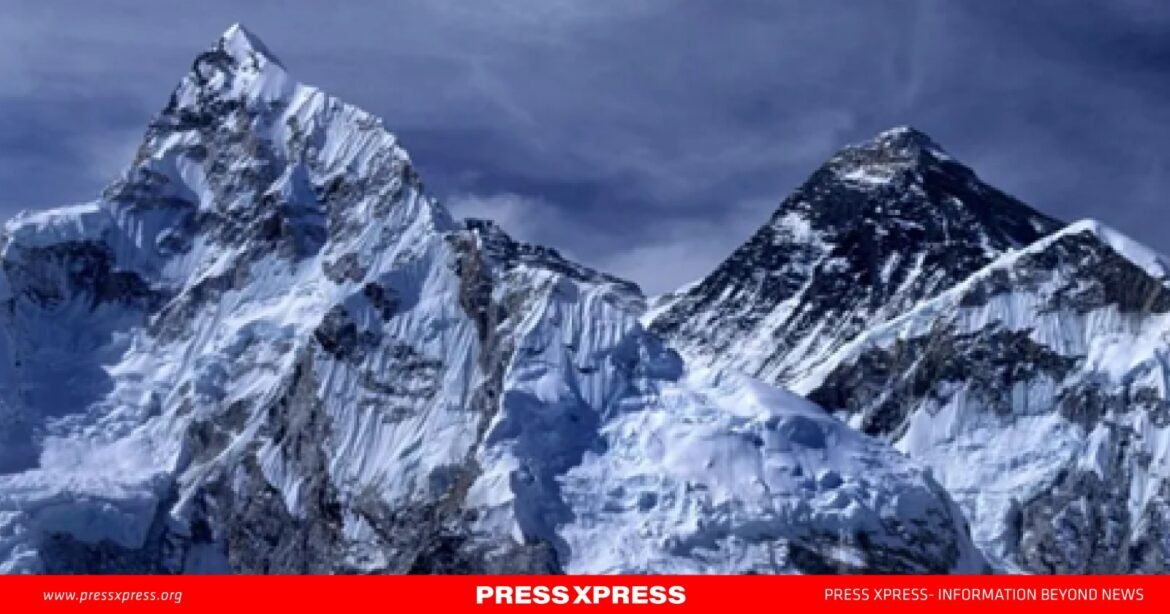New research suggests that Mount Everest is up to 50 meters taller than it would otherwise be, thanks to the erosive power of a river 75 kilometers away. According to a study led by University College London (UCL), the Arun River’s erosion of rock and soil in its basin helps lift the world’s highest peak by as much as 2 millimeters each year.
This phenomenon occurs due to a process called isostatic rebound. As the Arun River carves away material from the Earth’s crust, it reduces the weight pressing down on the mantle. The lighter crust then rises, similar to how a ship floats higher when cargo is removed. “It’s like throwing cargo off a ship—when the crust becomes lighter, it can float a little higher,” explained study co-author Adam Smith.
Though the collision between the Indian and Eurasian tectonic plates millions of years ago remains the primary force behind the Himalayas’ growth, the research suggests that the Arun River plays a significant role in the continued elevation of Everest and its neighboring peaks, including Lhotse and Makalu, the fourth and fifth highest mountains in the world.
Using GPS technology, the UCL team measured a consistent growth rate of about 2 millimeters per year for Everest. “We now have a better understanding of what’s driving it,” noted Dr. Matthew Fox, another co-author of the study.
The Arun River, originating in Tibet, flows through Nepal before merging with the Kosi and eventually joining the Ganges in India. Its steep gradient and forceful flow allow it to erode significant amounts of rock and soil, but its true power, the researchers believe, came after it “captured” another water system in Tibet around 89,000 years ago.
While the study offers new insights into Everest’s growth, some geologists remain cautious. Professor Hugh Sinclair of the University of Edinburgh, who was not involved in the research, noted that while the theory is plausible, uncertainties remain about the precise timescales and impacts of river erosion on such large mountain systems. “Predicting how river incision leads to surface uplift is extremely challenging, especially over vast distances,” he said.
Despite these uncertainties, the study highlights the dynamic nature of the Earth’s surface, where the interplay between erosion and tectonic forces shapes some of the planet’s most iconic landmarks. Dr. Xu Han, lead author of the study, remarked, “The changing height of Mount Everest shows how complex and active the Earth’s surface can be.” This discovery underscores how the forces of nature, even a distant river, can influence the world’s tallest peak in ways previously unimagined.


